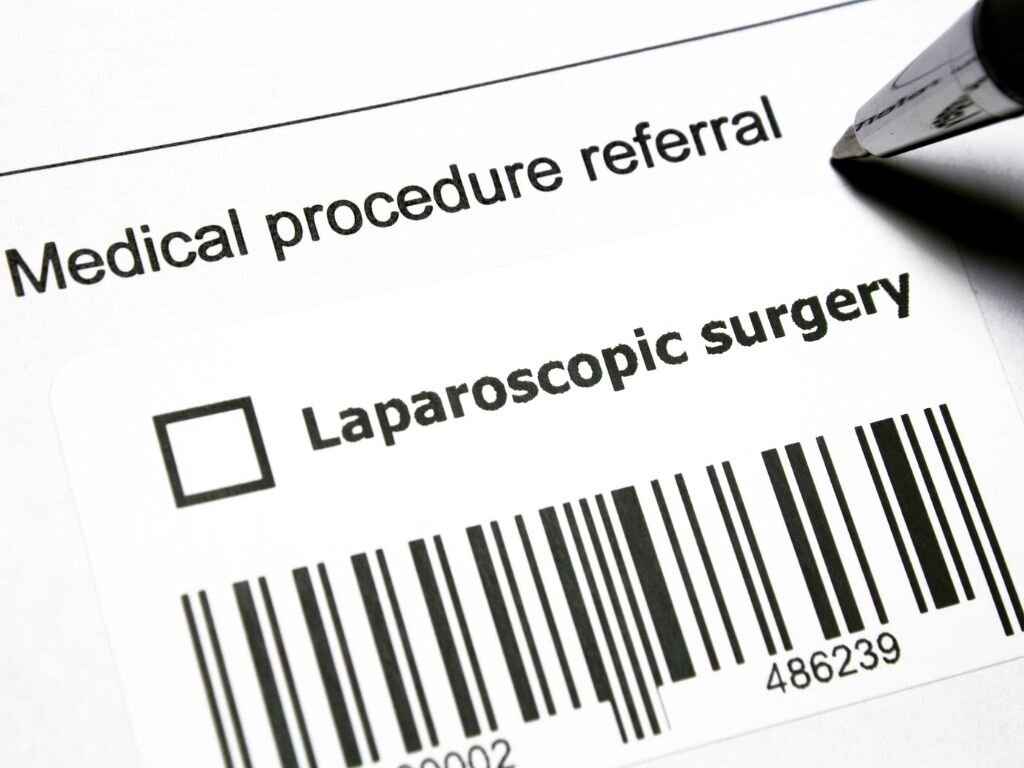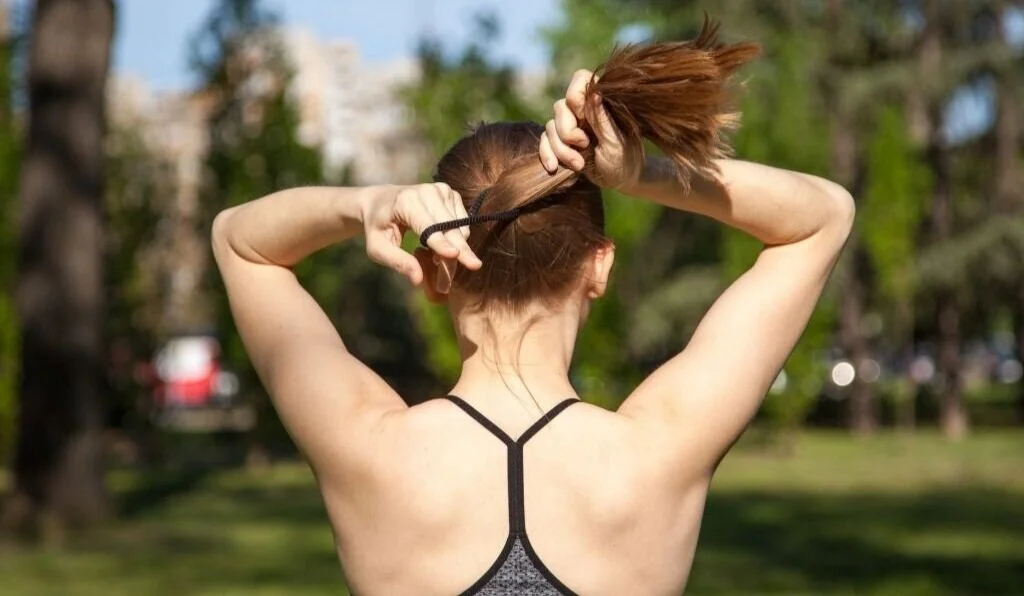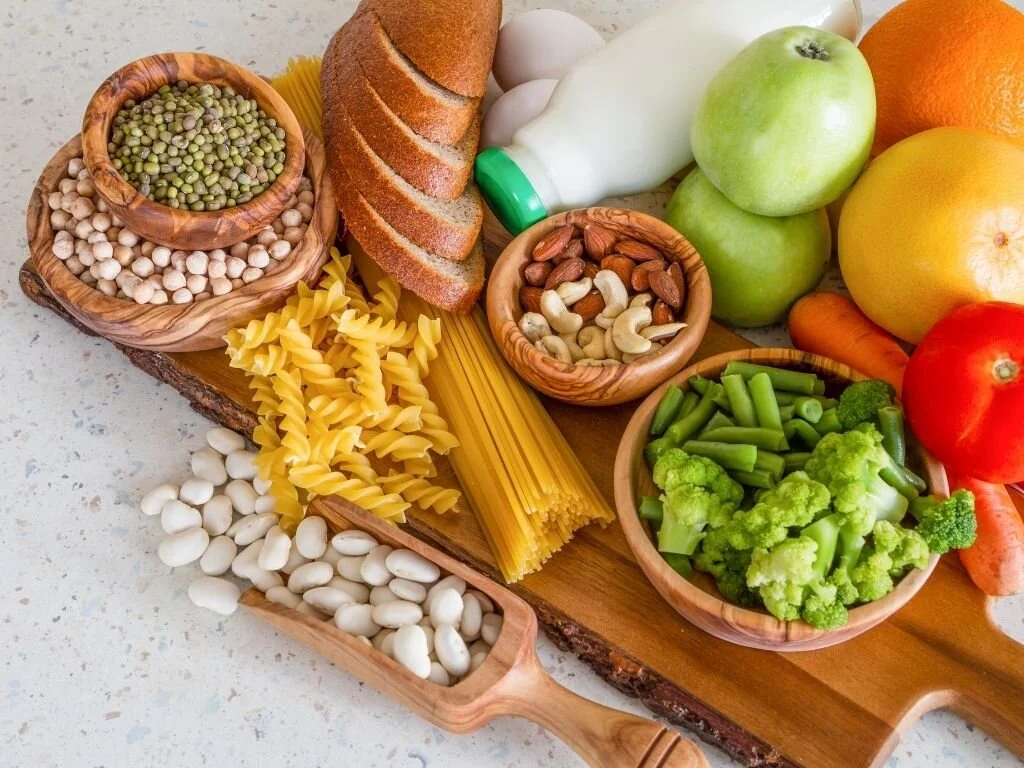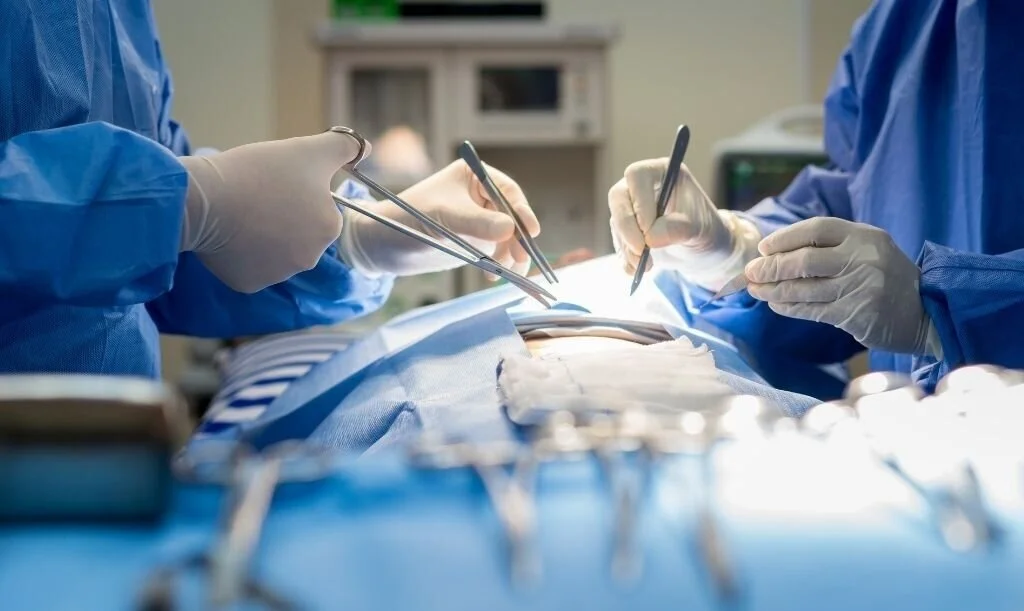How to Prepare and Recover from Laparoscopy: A Dietitians Perspective
One of the most common things I hear from people with Endo is that they will wait to get started on their Endo nutrition journey after their laparoscopy.
A lot of the focus around laparoscopies is placed on aftercare and what happens after the procedure. However, your body needs to be prepared for surgery with good nutrition, ideally, before the date of your laparoscopy.
Just like Olympians need to prepare for the Olympics, your body needs to be prepared with the right nutrients in order to heal quickly after your procedure. And, just like the Olympians wouldn’t begin a nutritious diet after their events, nor should your laparoscopy preparation. Your body needs time to build up nutrient stores so when your laparoscopy is completed, it has all the tools to heal quickly and enhance your recovery.
The easiest way to do this is to ensure you are having at least 3 balanced main meals per day, plus 1-2 smaller mid meals, such as morning and/or afternoon snack. Ensure each meal contains a source of protein such as chicken, fish, meat (pork, beef, lamb), tofu, edamame, dairy (milk, yoghurt, cheese), legumes (beans, lentils), or seeds & nuts (including nut butters such as peanut butter).
Vitamins and Minerals:
Ensuring you have enough vitamins and minerals in your diet is essential for healing post-laparoscopy. Vitamins A, C, and D, as well as zinc, iron, and calcium are essential to help initiate your body’s healing processes and produce collagen. Collagen forms and rebuilds tissue in our body and is essential to heal wounds caused by procedures.
Vitamin A is found in eggs, dairy, and orange vegetables (carrots, pumpkin, and sweet potato).
Vitamin C is a key player in post-laparoscopic healing, as your body needs to have sufficient stores of Vitamin C to produce collagen. It also enhances your immune system, helping you fight off infections. Vitamin C is found in citrus fruits (lemon, lime, orange, grapefruit), capsicum, leafy greens, strawberries, tomatoes, potatoes, and broccoli.
Zinc is found in animal meats, wholegrain breads and cereals, legumes (beans, peas, lentils), and nuts.
Iron is found in animal meats (particularly red meat), legumes, and green leafy vegetables.
Calcium and Vitamin D are found in dairy products, soy products such as soy milk and tofu, and leafy green vegetables
Fibre and Fluids:
You may experience constipation after surgery, so it is important to start low and slow with fibre and drink plenty of water (at least 2L/day) to help keep you regular. High quality fibre comes from unprocessed foods such as vegetables, fruit, wholegrains (wholegrain bread, rice, pasta, quinoa, crackers, oats, bran, and barley).
Now you may think that having a laparoscopy is going to fix everything, but did you know that 75% of Endowarriors are likely to need another laparoscopy only 2 years after their last?
This is because laparoscopy surgery clears existing endometrial tissue rather than stopping the original growth or production of this tissue. Whilst we don’t know yet how to cure or stop Endometriosis development, looking into proven nutrition and lifestyle strategies for reducing inflammation, balancing hormones and optimising both gut and immune function are key ways to help manage Endometriosis symptoms and reduce reliance on multiple and frequent laparoscopy surgeries for symptom management.
If you’d like to learn more about how diet can support you to thrive with Endometriosis, register for my free Masterclass where I spill all my secrets for beating endo belly, period pain, funky poops and fatigue.




